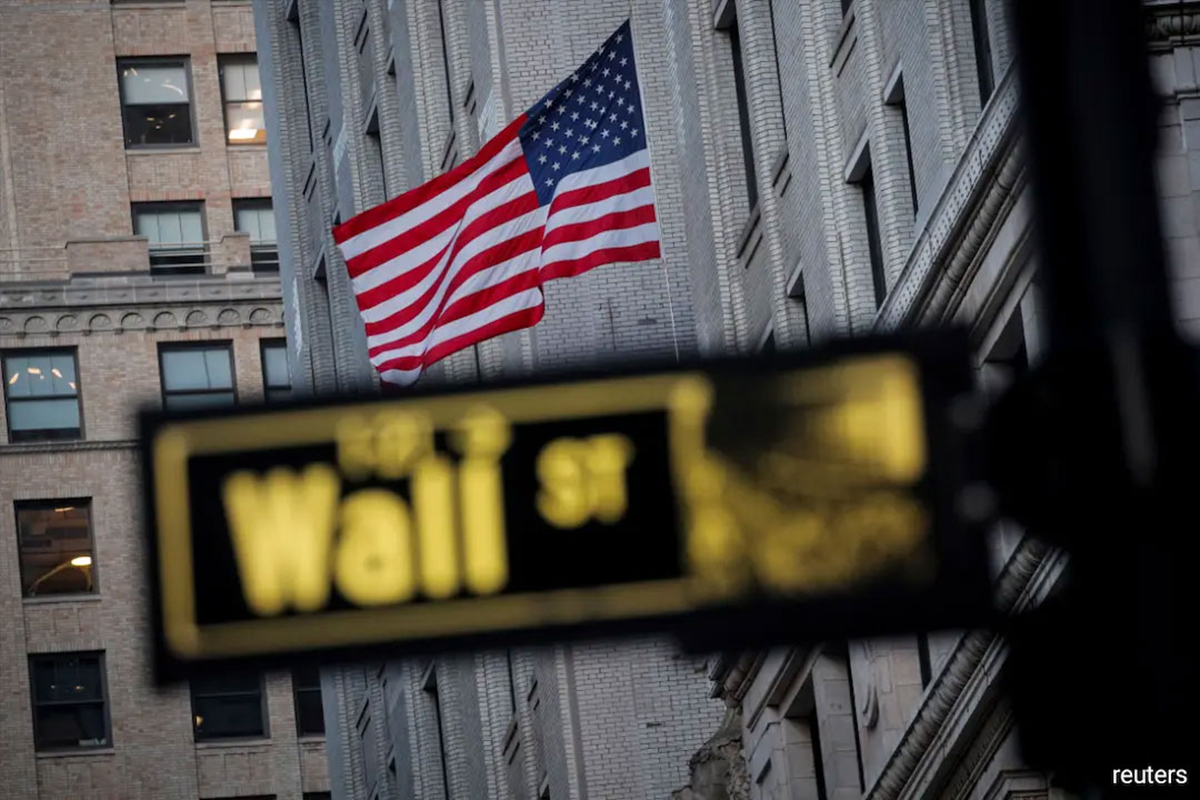Markets Won’t Give Up on March Fed Cut
edgeinvest
Publish date: Thu, 18 Jan 2024, 09:59 PM

LONDON (Jan 17): If the first cut is the deepest, timing will be everything.
Even though futures pricing for a move has ebbed and flowed over the weeks since Federal Reserve (Fed) policymakers electrified markets last month by pencilling 75 basis points (bps) of cuts for 2024, they have consistently assigned a 50% or greater chance of a move as soon as March.
But listening to the full sweep of Fed speakers, that seems brave.
Officials couch the policy horizon in a bit of fog as they greedily gather more data to support a critical switch of direction — but more and more point to a first move from midyear on, with some even retaining the option of one final hike.
Once again on Tuesday, the implied probability of a March cut moved as high as 75% early in the day — only to slip back again after governor Christopher Waller acknowledged the Fed’s 2% inflation goal was within striking distance but doused any need to be ‘rushed’ with a first rate cut while assessing the ‘coming months’ of data.
The relatively gentle rap on market knuckles elicited an equally modest response and futures stayed roughly 70% priced for a March move.
All of which may sound like a familiar old story of irrational market exuberance and foolishly fighting the Fed.
Perhaps.
But the obsession with March is not without foundation.
Aside from the curious fact that March has lately become a bit of milestone month for the Fed — it was the month of the final cut in 2020 and the month it started tightening in 2022 — there are good reasons why futures won’t give up the ghost.
Wedges and targets
Last week’s US consumer price report for December lit a fire under March bets despite headline readings initially suggesting it was another obstinate inflation picture the Fed seems to be so cautious about.
But combined with the following day’s benign producer input data, breakdown of the consumer price index (CPI) and producer price index reports showed very soft readings for components in both that hold larger weightings in the Fed’s favoured personal consumption expenditures (PCE) inflation gauge — the December version of which is due on Jan 26.
A ‘wedge’ between CPI and PCE appears to be widening.
So much so that many banks and traders slicing and dicing inflation stats quickly homed in on the likelihood that six-month annualised ‘core’ PCE inflation is now falling below the Fed’s 2% target.
That price picture was enough to prompt Barclays this week to bring forward its forecast for the first Fed rate cut to March from June — as it now sees annualised core PCE for the second half of 2023 as low as 1.9% compared with an equivalent CPI measure still over 3%.
UBS economists similarly now see the six-month annualised core PCE inflation rate as low as 1.8% — almost a third of its peak at 5.9% in March 2022.
And while many forecasters warn these measures could pop back slightly above 2% again in the first few months of 2024, most, including Morgan Stanley, are also cutting their full year 2024 core PCE outlooks.
These shifting sands mean that, regardless of the date of the first cut, the total amount of easing priced for 2024 has now moved consistently back above 150 bps — twice Fed indications from last month and 15 bps up from the start of January.
And many also point out that if you watch other momentum indicators — three-month or even one-month annualised core PCE rates — they have been under 2% since the middle of last year.
Source: TheEdge - 18 Jan 2024
More articles on CEO Morning Brief
Created by edgeinvest | Sep 19, 2024
Created by edgeinvest | Sep 19, 2024
Created by edgeinvest | Sep 19, 2024
Created by edgeinvest | Sep 19, 2024
Created by edgeinvest | Sep 19, 2024
Created by edgeinvest | Sep 19, 2024











